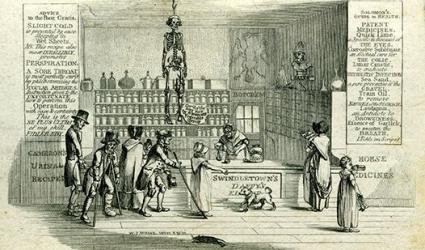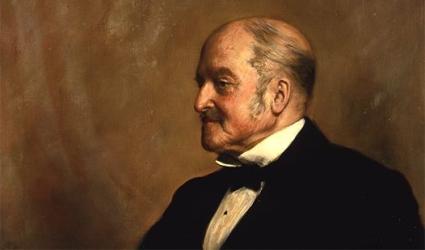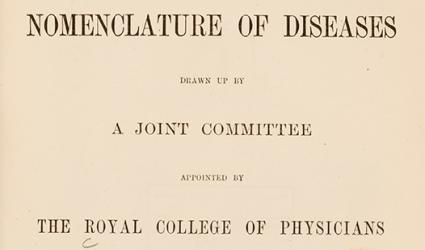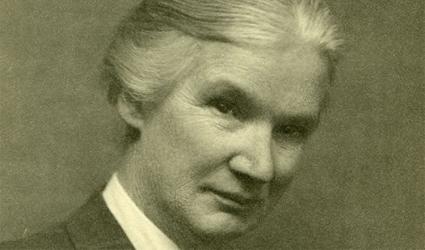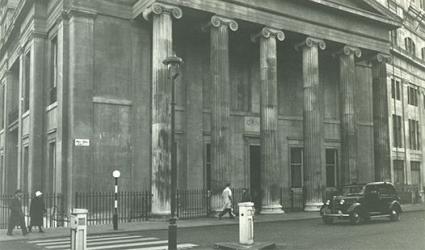
The College moves to a fourth home
Over time, districts in London become more or less fashionable. In the 17th century, Warwick Lane is in a desirable and central place. However, by the 19th century the College is in the ‘wrong’ part of the capital. The College moves to Pall Mall East to once again be in a central and desirable location.

